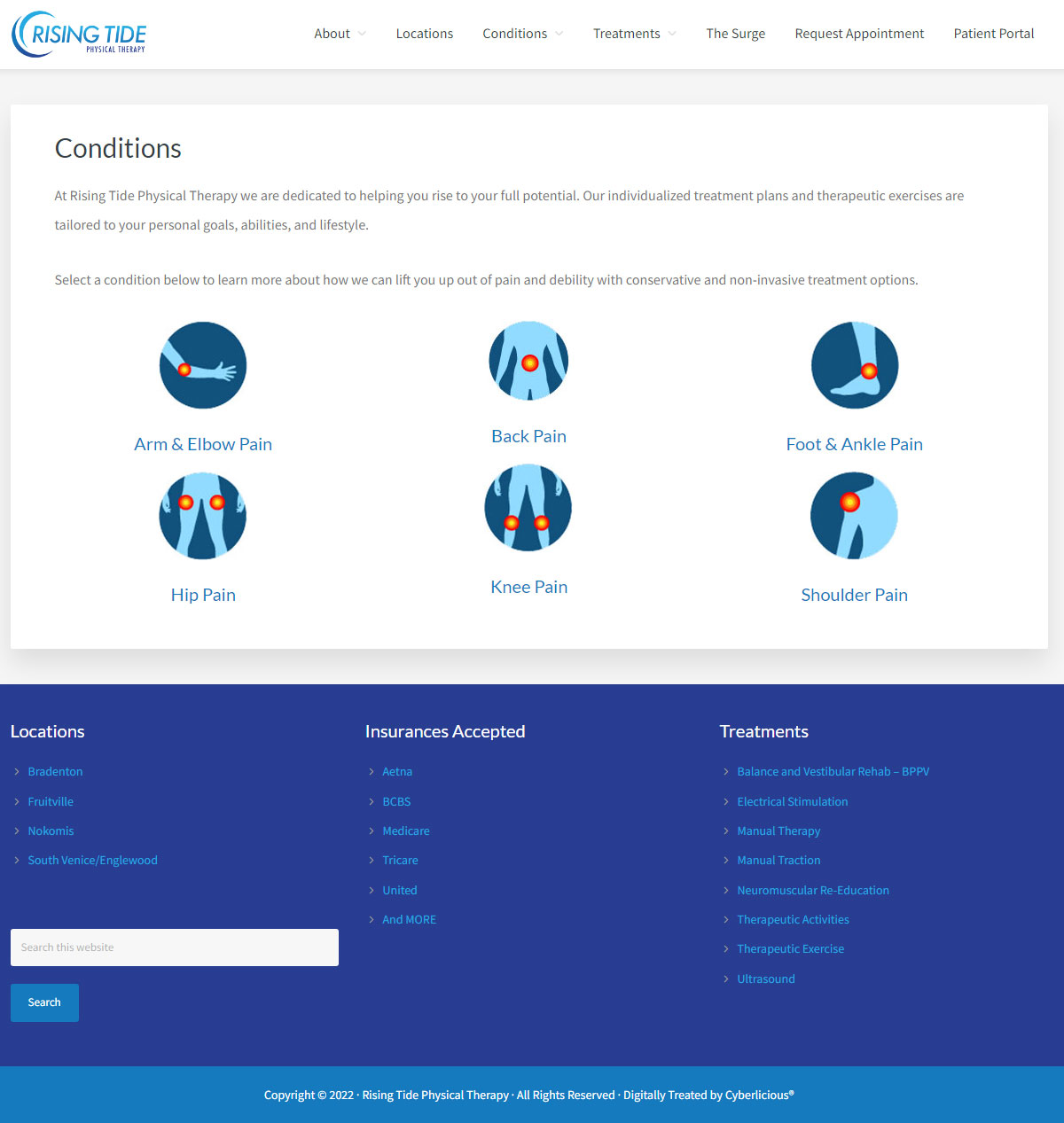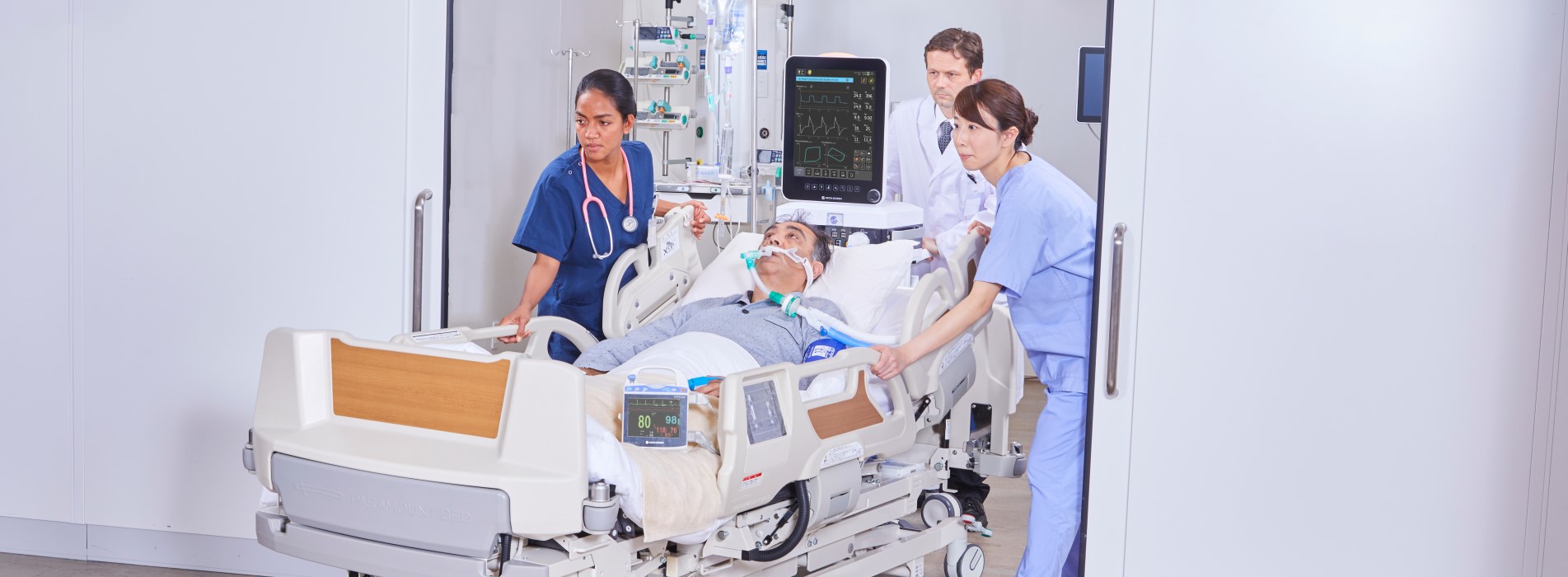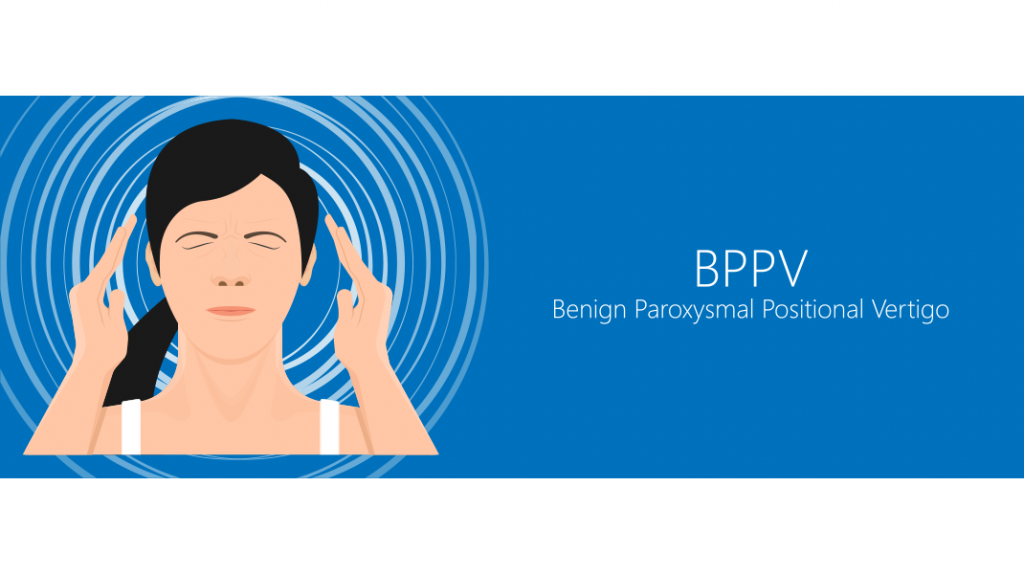

Monitor patient for and document hourly on EMR Flowsheets under Observations: Patients should receive a complete nursing respiratory assessment at least once at the commencement of each shift, where the patient’s respiratory status changes, where CPAP/NIV settings are adjusted, and/or oxygen requirements change.

In established/long-term CPAP/NIV patients, temporary and/or minor changes to settings, or an increase in FiO 2, may be required for episodes of minor illness, or for palliation. An inpatient receiving CPAP/NIV must be medically reviewed at least daily, or more frequently where their requirement for respiratory support or oxygen changes.Titration or changes to CPAP/NIV should only occur following medical review, with a written medical order.Medical orders for initiation of CPAP/NIV must be completed prior to commencement of therapy.NIV can only be safely initiated on inpatient units due to additional complexity and monitoring requirements. Stabilization and ongoing management of this therapy should occur in theĬPAP can be safely initiated on the inpatient units, or as an outpatient. Initiation of this therapy may occur in the Emergency Department or PICU environment. Cycle: allows driver/device to recognise when the inspiratory flow is dropping, ventilator changes to allow expiration.Ī patient who requires CPAP/NIV for the management of acute respiratory failure will require transfer to the Paediatric Intensive Care Unit.Trigger: sensitivity of device/driver to recognise and respond to an inspiratory breath.
TIDAL HEALTH PATIENT PORTAL DRIVER
TiMax: The Maximum time the driver spends in IPAP.TiMin: The Minimum time the driver spends in IPAP.Rise Time: the time taken for the driver to reach the set IPAP.I:E: represents the ratio of time spent in inspiration compared to expiration.Ramp: the amount of time taken for the machine to achieve set pressure.Rate: Sets the BPM or ‘back-up’ rate in the absence of spontaneous breaths generated by the patient.T: Timed mode, in which mandatory breaths are delivered according to a set rate.ST: Spontaneous Timed, where a spontaneous breath is assisted, or a timed mandatory breath is delivered where no respiratory effort is detected.S: Spontaneous mode, in which the machine/device assists each spontaneous respiratory effort.Mode: The mode in which the ventilatory device is set (see S, ST, T).EPAP: Expiratory Positive Airway Pressure.

IPAP: Inspiratory Positive Airway Pressure.BiPAP: Bi-level Positive Airway Pressure.CPAP: Continuous Positive Airway Pressure.APAP : Automatic Positive Airway Pressure – a mode of CPAP delivery wherein the required continuous pressure delivered is automatically determined by the device, within a prescribed range.Please refer to the Newborn Intensive Care Unit.

Guideline does not refer to the management of CPAP or NIV in the neonatal Where an individual patient’s clinical requirements fall outside these guidelines, consensus on patient management must be agreed to by the PICU, Respiratory and Sleep Medicine Consultant, and other relevant heads of department This Clinical Guideline is intended to assist in the management of infants and children who require medium to long term respiratory support in the form of non-invasive CPAP or BiPAP, and who are otherwise medically stable, as inpatients within The Royal Children’s Hospital


 0 kommentar(er)
0 kommentar(er)
